Facial recognition technology has become increasingly popular in recent years, with many industries adopting it for various purposes. From unlocking smartphones to monitoring public spaces, the technology has proven to be a useful tool in many applications. But how far can you go with a facial recognition system? Let’s explore the possibilities and limitations of this technology.
Facial recognition systems use artificial intelligence algorithms to analyze and identify unique facial features such as the distance between the eyes, the shape of the jawline etc. This allows the system to compare faces and determine if a match exists. The technology has several applications, including security, marketing, healthcare, and law enforcement.
According to a report by MarketsandMarkets, the global facial recognition market size is expected to grow to USD 8.5 billion by 2025. The report cites the increasing demand for advanced security and surveillance systems as a major driver of market growth.
In the security industry, facial recognition technology is used to identify and verify individuals. This can be used for access control in high-security areas, such as airports, banks, and government buildings. Facial recognition systems can also be used to track the movement of individuals in public spaces, such as shopping malls and stadiums, to detect potential security threats.
In marketing, facial recognition technology can be used to track customer behavior and analyze demographic information. For example, retailers can use facial recognition to monitor customer traffic, track customer preferences, and provide personalized product recommendations. This information can be used to optimize store layouts, improve customer experiences, and increase sales.
In the healthcare industry, facial recognition technology can be used to identify patients and access medical records. This can help reduce errors and improve patient care. Facial recognition systems can also be used to monitor patient behavior, such as tracking medication adherence and detecting signs of depression.
In law enforcement, facial recognition technology can be used to identify suspects and solve crimes. The technology can be used to compare surveillance footage to databases of known criminals and to track the movement of individuals in real time. However, there are concerns about the accuracy and reliability of facial recognition technology, as it has been shown to have a higher error rate when identifying people of color and women.
Stellapps Technologies has developed a facial recognition system to monitor the health and productivity of dairy cattle. The system uses AI algorithms to identify individual cows and track their behavior, allowing farmers to detect health issues and improve overall herd management.
Bengaluru-based GUVI has developed a facial recognition-based attendance system for schools and colleges. The system uses AI to identify individual students and track their attendance, eliminating the need for manual record-keeping.
Overall, the facial recognition market in India is expected to grow significantly in the coming years. It is driven by factors such as increasing demand for security and surveillance systems, advancements in AI and ML technologies.
There are also concerns about the privacy implications of facial recognition technology. Critics argue that the technology can be used for mass surveillance and can infringe on individuals’ rights to privacy. There is need for increased regulation of facial recognition technology to ensure that it is used ethically and responsibly.
Facial recognition technology has a wide range of applications, from security and marketing to healthcare and law enforcement. However, there are limitations to the technology, and concerns about accuracy, reliability, and privacy.
As technology continues to advance, it will be important to balance the benefits of facial recognition with the need to protect individual privacy and civil liberties.



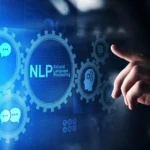
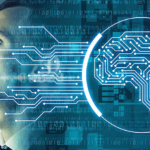




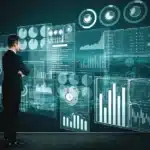



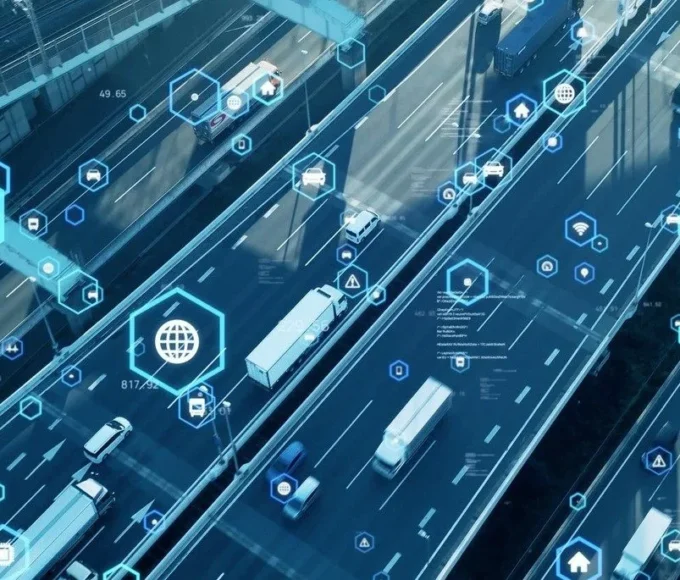

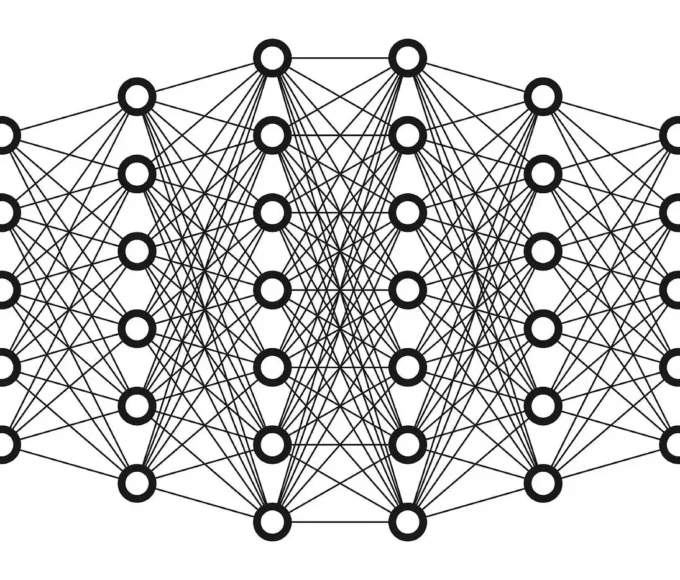
%s Comment